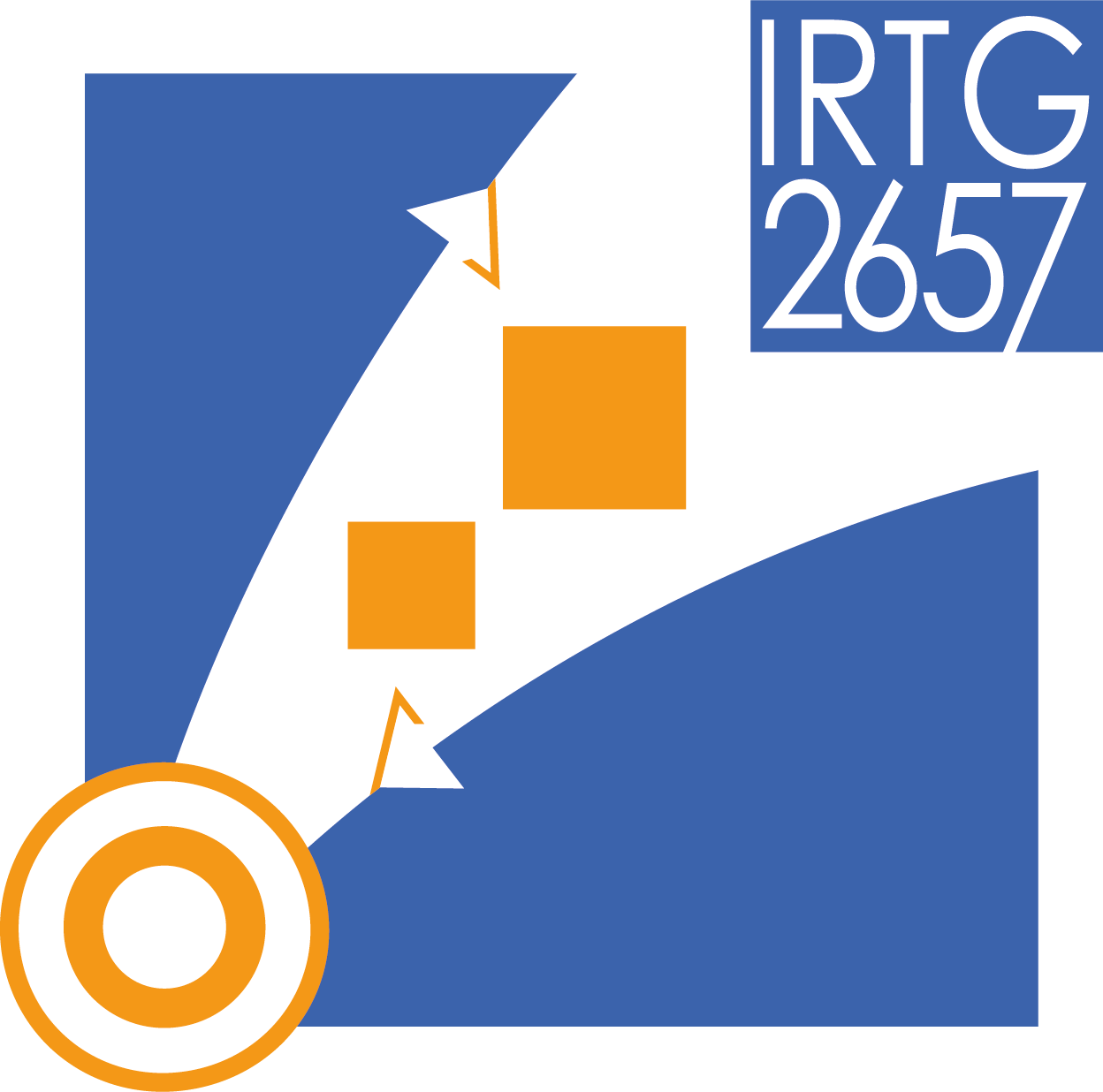B2.: Design of multiphase porous meta-materials across scales
| Team: | Fadi Aldakheel, Prof. Ludovic Chamoin |
| Year: | 2024 |
| Duration: | 01.09.2024-30.08.2027 |
In order to realize specific macroscopic mechanical characteristics and multifunctional performance of heterogeneous microstructured materials like multiphase porous meta-materials, precise tailoring and a fundamental understanding of the coupled processes are essential. The complex nature of advanced (meta-)materials in terms of their composition and micro-topology can, however, result in expansive design spaces. This highlights the need for pioneering and efficient methodologies to adeptly address design intricacies across various scales [1]. In this project, the generation of porous meta-materials will be explored by deep learning-based inverse design, augmented by real microstructural material data. The starting point will consider, as an example, a dataset related to open-cell foam. This dataset consists of CT images of representative volume elements (RVEs) at various deformation states, along with the corresponding deformation-dependent porosity and anisotropic intrinsic permeability tensors. The permeabilities are calculated using the lattice Boltzmann method (LBM), which is a mesoscale approach applied to simulate the flow through the heterogeneous RVEs [2].
The following step, which is a key objective in this project, is to design structured meta-materials [3] that mirror specified deformation-dependent hydraulic properties, including porosity and permeability. To achieve this in connection with the available dataset, we will examine convolutional variational autoencoders (CVAEs) to generate complex meta-material structures. A convolutional neural network (CNN) model [4] will be considered to train a hydraulic properties predictor. Subsequently, variational autoencoders (VAEs), with their ability to learn probabilistic mappings, will establish a relationship between input CT images and desired hydraulic properties. The encoder-decoder architecture of VAEs will allow to generate porous meta-materials that conform to specified porosity and permeability values.
Literature
[1] Zheng, L., Karapiperis, K., Kumar, S. and Kochmann., D.M. (2023): Unifying the design space and optimizing linear and nonlinear truss metamaterials by generative modeling. Nature Comm.. Vol. 14, pp. 7563. https://doi.org/10.1038/s41467-023-42068-x
[2] Chaaban M, Heider Y, Sun W, Markert B. A machine-learning supported multi-scale LBM-TPM model of unsaturated, anisotropic, and deformable porous materials. Int J Numer Anal Methods. 2023; 1-22. https://doi.org/10.1002/nag.3668
[3] Nguyen, C., Zhuang, X., Chamoin, L., Zhao, X., Nguyen-Xuan, H., Rabczuk, T. (2020): Three-dimensional topology optimization of auxetic metamaterial using isogeometric analysis and model order reduction, Computer Methods in Applied Mechanics and Engineering 371, 113306. https://doi.org/10.1016/j.cma.2020.113306
[4] Aldakheel, F., Elsayed, ES., Zohdi, TI., Wriggers, P. (2023): Efficient multiscale modeling of heterogeneous materials using deep neural networks, Computational Mechanics 72, 155-171. https://doi.org/10.1007/s00466-023-02324-9
Team
Supervision: Prof. Dr.-Ing. habil. Fadi Aldakheel (LUH), Prof. Ludovic Chamoin (ENS)






